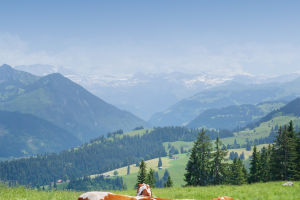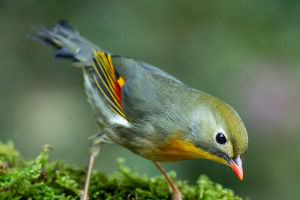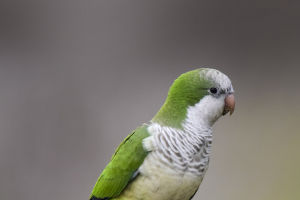The European song thrush, a genus of thrush found in Eurasia, has a faded upper body and a creamy white or light yellow underbody with black spots.
They have distinctive songs with repetitive musical phrases and are commonly mentioned in poetry.
Song thrushes are omnivorous, feeding primarily on insects, but also on other invertebrates such as crustacean mollusks and plant fruits and seeds, and sometimes on plant leaves and young shoots.
They will use their vision to find prey or will search for potential food in leaf litter.
When in drought or harsh conditions, snails are an important food for the song thrush. They will use rocks to crack the snail's shell.
The Song Thrush mainly inhabits various types of forests such as coniferous, mixed coniferous, and broad-leaved forests, as well as forest edge scrub, open forests, and farmland urban parks.
The Song Thrush usually inhabits forests with grasses and adjacent open areas, while in Western Europe it also inhabits gardens and parks.
Song thrushes are migratory birds. They are active individually or in pairs during the breeding season, and in groups, during the rest of the season, they often feed on the forest floor or in the scrub.
They do not often congregate, sometimes coming together in winter or when the environment is suitable for foraging, and may also live with blackbirds, field thrushes, or white-browed song thrushes.
During migration, European Song Thrushes make their journey mainly at night and take direct and intense flight actions.
The more northern European Song Thrushes migrate from April to August, while most migrate south from September to mid-December for shorter distances. Severe weather can cause them to migrate farther.
The call of the European song thrush is short and sharp, with a thin, high-pitched call during migration.
The male's call from a tree, rooftop, or other high position is a clear song. Flocks in the Eleanor Sill generally make this call between February and June, while other subspecies do not make this call until November through July.
They are among the most vocal birds, Imitations include artificial calls, and they also repeat the calls of breeding birds, such as White-faced Tree Ducks.


